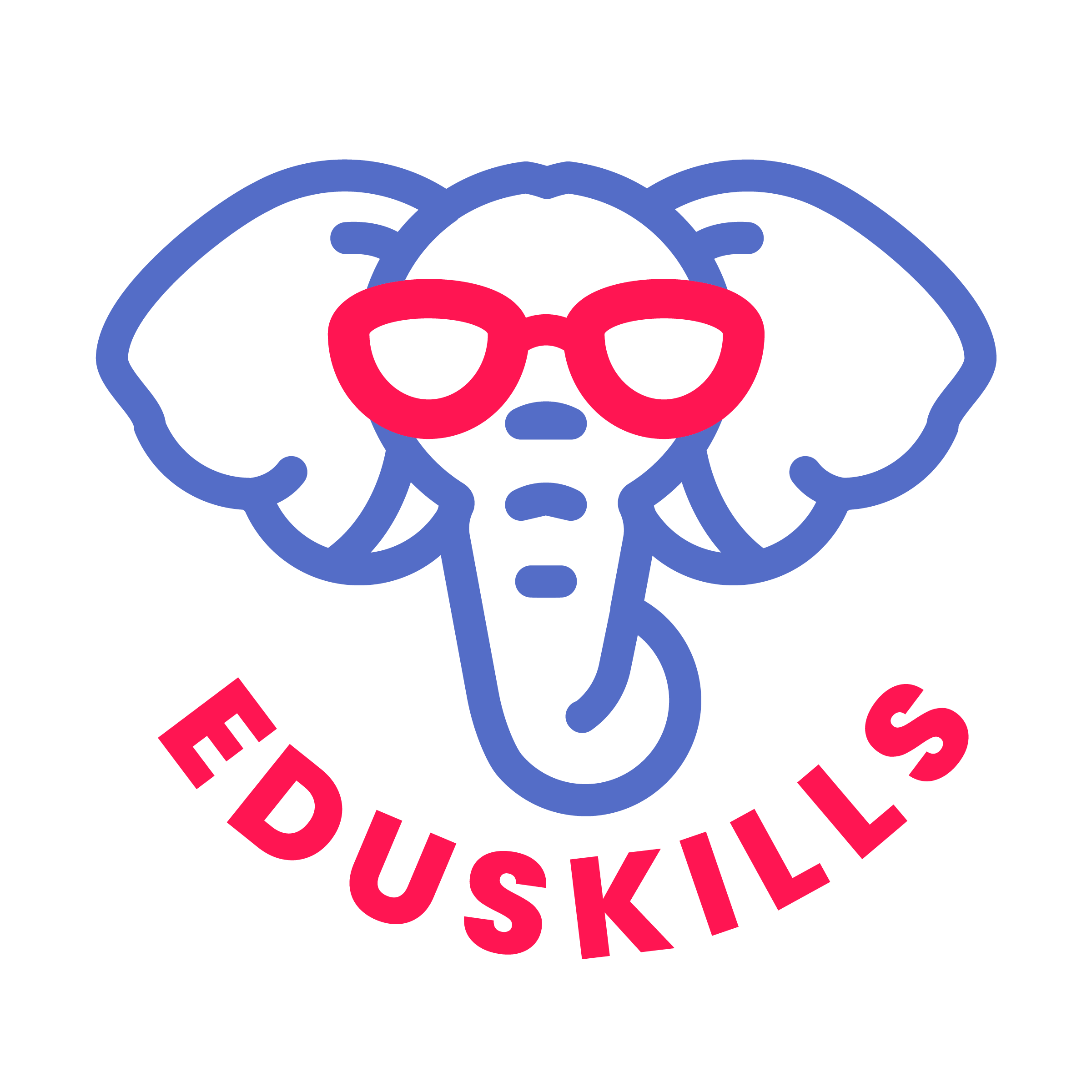by Rachel Hawthorne
Have you ever wondered how to continue to differentiate EL instruction beyond the basics? Many times, after the use of visuals, multisensory methods, or TPR strategies, teachers find themselves out of ideas for how to further support their English Learners. But it doesn’t have to stop there. Depending on your state, there is an already tested and research-based resource and standards waiting to be used! Whether you are in Texas, with ELPS (English Language Proficiency Standards); in New York, with the NYSESLAT (New York State English as a Second Language Achievement Test); in California, with ELPAC (English Language Proficiency Assessments for California); in Arizona, with AZELLA (Arizona English Language Learner Assessment); in an ELPA21 or WIDA state, all state have standards that can be used as a resource.
Many teachers may not fully realize the potential of these resources beyond categorizing or measuring a student’s proficiency level. As a result, they might be overlooking what is essentially a toolbox of recommendations and guidance. These research-based tools aren’t just designed to assess and label proficiency—they’re built to offer concrete strategies and instructional considerations that can elevate your English Learner support. They are available to every school through their state’s system and serve as a ready-made instructional guide with actionable information about what students can do and the specific support they need to grow. Using them intentionally can not only enhance clarity and effectiveness in instruction but also inspire fresh strategies that lead to stronger, more impactful teaching.
How EduSkills Can Help: EduSkills is uniquely positioned to help educators unlock the full instructional potential of these resources. Whether you’re working with ELPS, NYSESLAT, WIDA, ELPA21 or other state-specific standards, our platform provides targeted supports, aligned tools, and ongoing professional development to help you move from interpretation to implementation.
Some practical ways to use this resource to its full potential are through the following:
- Use the Detailed Proficiency Level Descriptors – Beyond the Labeled Proficiency Levels
When pulling your student’s data, be sure to go to your state’s website with additional resources that coincide. Pay close attention to the detailed proficiency level descriptors that exist and their smaller fine print below each categorized proficiency level. You will not only find recommendations of what students are able to do, but specific recommendations on scaffolding instruction. This will help you think of skill application, differentiation, and will also help you to more purposefully gauge and set goals for their progression in both language and the content they are learning.
EduSkills Integration: EduSkills provides unpacked descriptors and ready-to-use scaffolding tools that align with these levels, helping you quickly translate fine-print insights into everyday instruction. - Use Language Domain Data to Scaffold Intentionally
Recognize each student’s strengths and build from there. For example, a student who is stronger in listening than writing can benefit from oral rehearsal before completing written tasks. Intentionally blending the language domains in which they feel confident with those they are still developing supports skill transfer and opens up new paths for activities and strategies in your instruction. Designing tasks that align with this approach will not only boost engagement but also help students to feel more capable and empowered as they are able to provide output in the areas they are still developing.
EduSkills Integration: With EduSkills’ data tools and instructional planning templates, you can easily identify domain-specific strengths and receive custom recommendations for scaffolding aligned to your students’ current profiles. - Use Language Domain Data to Provide for a Variation of Activities
Your student’s strengths in certain language domains provides an avenue of direction in types of activities that can encourage participation in content area teaching. Being aware of these and prioritizing them in practice and application, enables student output that they are currently able to produce as they are developing in other language domains.- If your student is more proficient in listening:
• Use audio instructions or podcasts to introduce content.
• Incorporate video lectures or voice-recorded directions. - If your student is more proficient in speaking:
• Allow for oral presentations or discussions.
• Use think-pair-share or peer interviews to promote verbal processing. - If your student is more proficient in reading:
• Assign text-based tasks like reading comprehension or annotating texts.
• Use leveled readers or domain-specific articles to support content learning. - If your student is more proficient in writing:
• Offer opportunities for written reflections or journal responses.
• Encourage use of graphic organizers to plan writing before discussing.
EduSkills Integration: EduSkills includes a bank of leveled activity suggestions and customizable resources that support differentiated practice across all language domains.
- If your student is more proficient in listening:
- Use Proficiency Levels to Set Language Objectives Tracked by the Student
Pair each lesson objective with a language objective and make sure it aligns with your student’s proficiency level.
Example: Instead of “Students will compare characters,” use “Students will use sentence frames to compare characters using academic vocabulary.”
Once you have done that, provide or co-create a student tracker to measure progress. It can be a simple table with a checkbox or added visuals dependent on proficiency level. Aim slightly above the student’s current level. This will build confidence for your student while also encouraging engagement and shared collaboration in their learning efforts.
EduSkills Integration: Use EduSkills’ built-in student tracking templates and goal-setting tools to help students visualize and celebrate their progress toward language goals. - Group ELs Intentionally
Use data from your state’s resource to form targeted groups that enable peer modeling and mutual support. Be sure not to group English Learners only in homogeneous groups. Integrating English Learners with native speakers can be mutually beneficial when done intentionally. For instance, a native English speaker receiving Tier 2 interventions may need reinforcement of the same content for a different reason. While English Learners benefit from scaffolds and pacing adjustments to improve comprehension, native speakers may benefit from repetition and content reinforcement. Though the reasons differ, both students gain from the shared experience linguistically and academically. Grouping by need rather than label promotes a richer, more productive, and inclusive environment for all.
EduSkills Integration: Leverage EduSkills’ data grouping tools to create effective mixed-ability groups, and access peer-interaction protocols that promote mutual growth. - Integrate Language Domains and Their Standards into Lesson Plans
Don’t plug standards and considerations in after a lesson is written. Instead, consider and apply them as you design how students will access content. If a standard calls for asking questions, build that practice into instruction. This will not only provide for more effective instruction but inspire new ideas for lesson application or activities you are planning.
EduSkills Integration: Our planning frameworks support seamless integration of language development standards into core content instruction—making alignment easier and more intuitive. - Advocate for Targeted PD of This Resource
Professional development should focus not just on what this resource is, but how to use it instructionally. Teachers need coaching and collaboration, not just compliance. Exploring all the additional and coinciding information these resources provide, beyond the categorization of your student’s current language proficiency levels, proactively provisions suggestions and insight to ways of providing more detailed supports.
EduSkills Integration: Our PD offerings go beyond compliance, equipping educators with tools, strategies, and collaborative coaching to transform how they support ELs in real classrooms.
Conclusion
If you’re feeling out of ideas, these state resources offer an already provisioned, research-based, tested, and reliable solution. When used intentionally, they can ignite new strategies, inspire creative approaches, and most importantly, ensure your instruction is purposeful and targeted. This resource has the potential to transform your teaching from routine to responsive—from meeting basic requirements to making a real impact. Go beyond it simply being filed away, and let it guide your instructional decisions and energize your practice in the way it was meant to!
With EduSkills, that transformation becomes even more accessible. From strategic planning tools to differentiated activity banks, student goal trackers to meaningful professional development—EduSkills helps turn these standards into an instructional roadmap you can trust.
References
Moreno-Recio, P. (2018). School leaders’ efficacies and perceptions on the English Language Proficiency Standards (ELPS) and the Texas English Language Proficiency Assessment System (TELPAS) in bilingual and English as a second language (ESL) classrooms (ED588250) [Doctoral dissertation, University of Houston-Clear Lake]. ERIC.
WIDA. (2024). An examination of the current implementation status of the WIDA English Language Development Standards Framework, 2020 Edition. Wisconsin Center for Education Research, University of Wisconsin–Madison.




